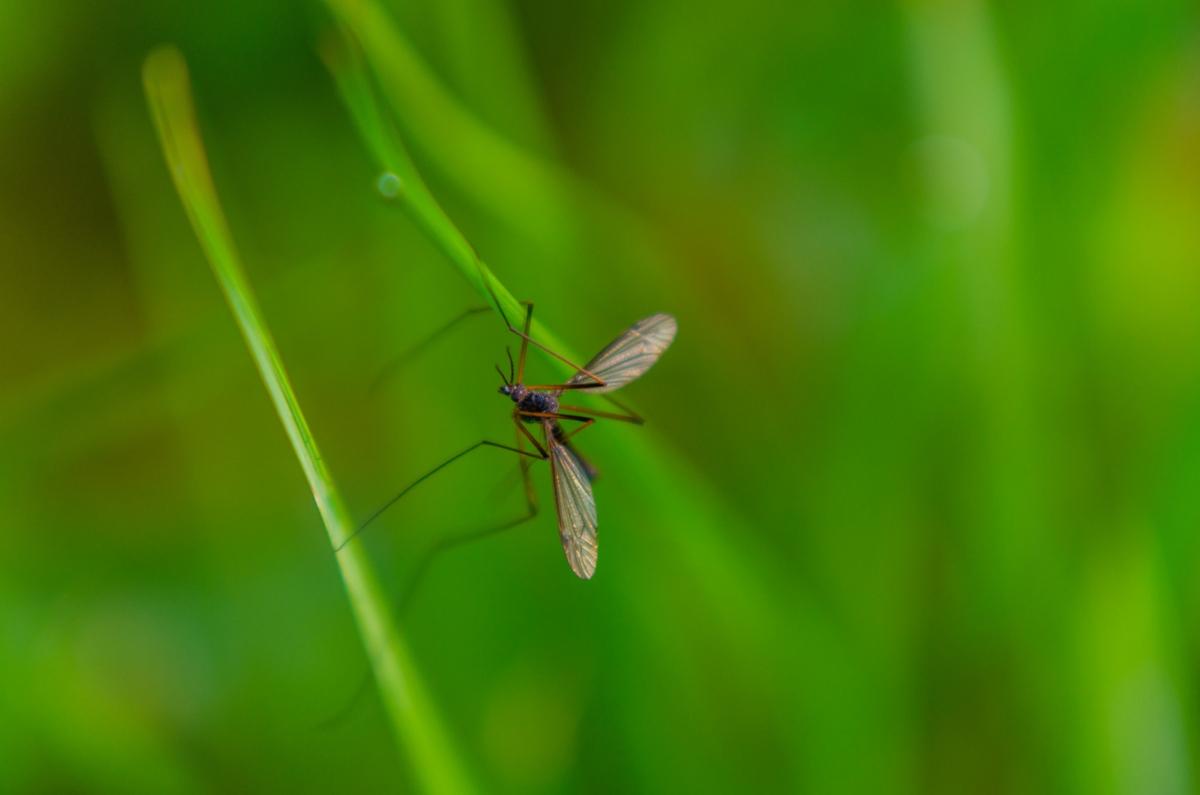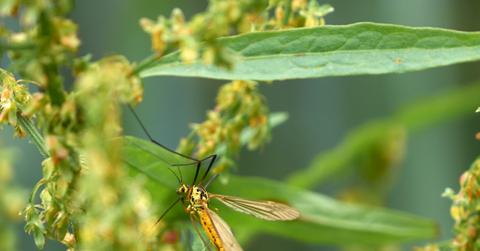Mosquito Imposters: Crane Flies vs. Mosquitoes Explained
Published July 19 2023, 2:43 p.m. ET
No one enjoys getting bug bitten in the summer, but did you know other insects can be easily mistaken for blood-sucking mosquitoes? One of these "mosquito imposters" is the crane fly. They may share some visual characteristics, but the crane fly (vs. the mosquito) is much more pleasant.
Recognizing the differences between and the mosquito is useful so you won't worry needlessly. Check out these key differences between crane flies and mosquitoes.

Key differences between the crane fly vs. the mosquito, explained.
One way crane flies, and mosquitoes are similar is their appearance; however, the major difference is their size. Crane flies look like oversized mosquitoes, but don't freak out when you see them! When what seems to be a larger-than-usual mosquito is in your house, there's a good chance it's a crane fly.
As MosquitoNix.com notes, besides their larger size, crane flies have very long legs in proportion to their bodies. They also boast a wingspan much wider than that of a mosquito. The insect's position can help identify it, especially when you don't have a mosquito and a crane fly side-by-side. Crane flies have straight bodies and rest with their wings out, while mosquitoes keep their wings folded.
Another big difference is that crane flies don't bite or sting humans. Crane flies, unlike mosquitoes, have no mouth parts and, therefore, can't bite. They feed on nectar from plants, and only during the larval stage. Because crane flies don't bite or sting, they can't transfer viruses to people or livestock. Meanwhile, mosquitoes are dangerous due to the illnesses they transmit, like malaria and Zika.

Do crane flies eat mosquitoes?
Crane flies go by several nicknames, including mosquito hawk and mosquito eater. So you might expect they eat mosquitoes. Unfortunately for people, the term "skeeter eater" is a myth, as crane flies, you may remember, don't have any mouth parts and only consume nectar.
As Contra Costa Mosquito & Vector Control explains, the larvae of crane flies typically feed on decaying plant material. They don't even eat mosquito larvae, so they do not directly impact mosquito populations.
What should you do about crane flies?
Although crane flies don't sting or bite, they can still be a nuisance. BobVila.com notes that crane flies are harmless to humans, but some problems with the crane fly larvae may be cause for concern. A large population of crane flies can lead to yellowing, dead grass, or bare dirt areas.
As far as your yard is concerned, you can try to keep crane flies away through natural insect repellents like neem oil, garlic, and certain essential oils. (Be cautious about essential oils if you have pets, though.) It's also good to avoid overwatering your lawn, which can cause wet patches where crane fly larvae thrive.
But if you find a few crane flies inside your home, there's no cause for alarm. You can try humanely capturing and relocating the flies outdoors since they aren't trying to hurt you anyway.
